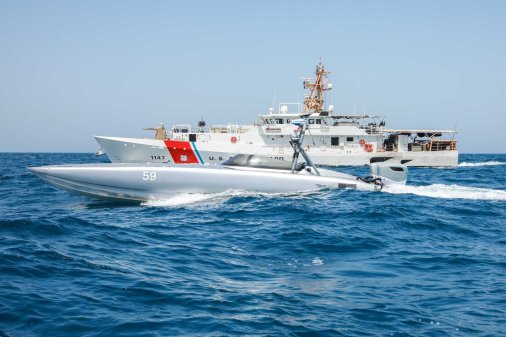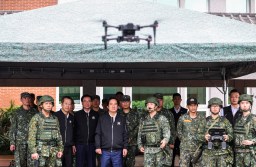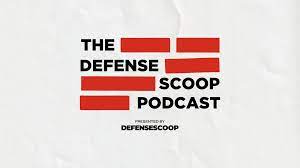Congress pushing Joint Task Force-Cyber, shaking up how DOD employs digital capabilities
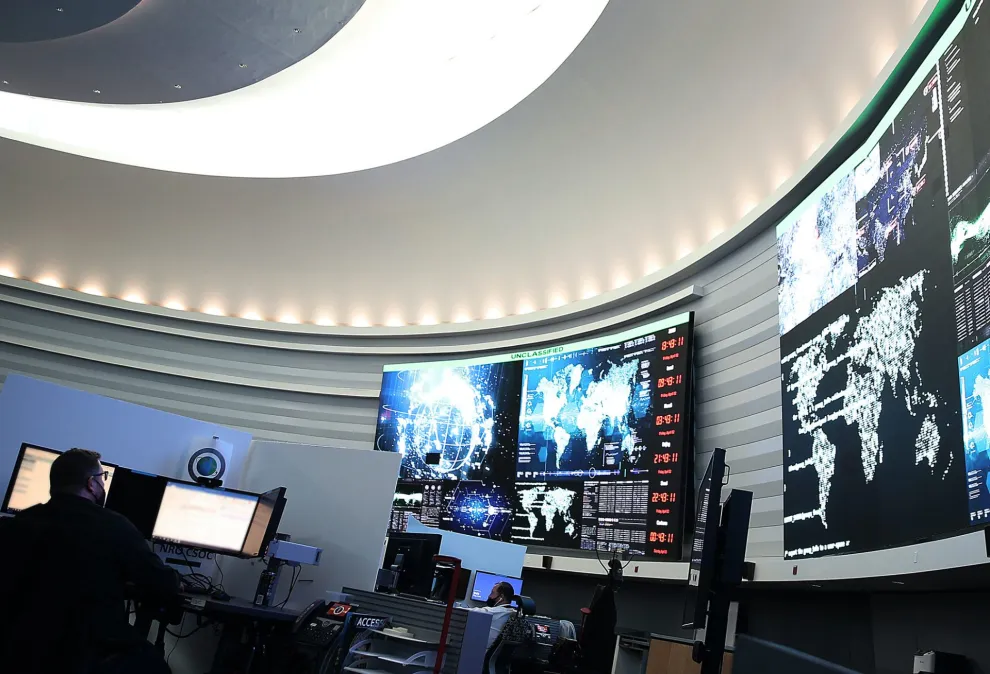
The House and Senate are pushing for a potential shakeup in how cyber operations and forces are synchronized and conducted in the Department of Defense.
The proposals are part of each chamber’s version of the annual defense policy bill, the National Defense Authorization Act for fiscal 2026.
According to the Senate Armed Services Committee’s version, DOD must conduct a study on force employment of cyber in support of combatant commands and evaluate establishing Joint Task Force-Cyber elements across those geographic combatant commands.
A proposal in the House, offered by Armed Services Subcommittee on Cyber, Innovative Technologies and Information Systems chairman Rep. Don Bacon, R-Neb., requires a similar evaluation, though focused specifically on the Indo-Pacific Command area of responsibility.
According to Bacon, the military is not properly organized for the current cyber conflict.
“Since becoming Chairman of the Subcommittee, I’ve grown increasingly concerned that we are not correctly organized for the cyber fight we find ourselves in today, let alone a more complex and consequential future fight. Our Cyber Command does great working national threats, but I want to ensure our Cyber team is postured right for a potential fight with China over Taiwan,” he said in a statement.
He said he plans to push for the establishment of a Joint Task Force-Cyber — not merely an evaluation — when both chambers of Congress convene to reconcile their bills.
“If we accept the reality that we are already in hostilities with our principal adversary in cyberspace, then there is no time to waste,” Bacon said.
Bacon also pointed to the fact that this is not a new issue. In the fiscal 2023 NDAA, Congress required the creation of a similar organization — a Joint Task Force — in Indo-Pacom to support joint operations in the kinetic space before conflict, because the military was not sufficiently acting jointly, in lawmakers’ view.
Sources indicated that construct has worked well so far and these proposals could mirror that on the non-kinetic side.
Moreover, a classified DOD Inspector General report that examined the effectiveness of Indo-Pacom and Cyber Command’s planning for offensive cyberspace operations and Cybercom’s execution of offensive cyberspace ops in support of Indo-Pacom’s plans, recommended the creation of a Joint Task Force-Cyber, according to someone familiar. That examination began in 2023.
Congress has in several previous NDAAs asked for studies and evaluations on how Cybercom’s headquarters elements are organized and how it employs cyber capabilities effectively. Sources indicated these proposals are likely, in part, an indication that lawmakers aren’t pleased with either the responses from the Defense Department, or there has been a lack of response from DOD.
If realized, the creation of joint task forces for cyber at the combatant commands could potentially lead to a complete restructure for how operations are conducted, according to sources.
How cyber operations are conducted
Ultimately, these proposals could end up giving more oversight and control of cyber operations to the geographic combatant commanders.
Unlike the other domains of warfare, there still is no cyber component command at the geographic combatant commands. Each component command — land, air and maritime — is responsible for commanding and coordinating the forces under their domain on behalf of the four-star combatant commander, who has the ultimate authority on how and which forces are employed for particular operations.
Cyber, however, is different.
Since Cybercom established its cyber mission force over 10 years ago — the 147 teams that the services provide to Cybercom to conduct cyber operations — digital forces and capabilities are employed through what the command calls Joint Force Headquarters-Cyber.
These entities are commanded by the heads of the service cyber components and are assigned particular combatant commands to provide planning, targeting, intelligence, synchronization, and command and control of cyber capabilities.
Joint Force Headquarters-Cyber Army is responsible for Central Command, Africa Command and Northern Command. Joint Force Headquarters-Cyber Navy is responsible for Indo-Pacom, Southern Command and United States Forces Korea. Joint Force Headquarters-Cyber Air Force is responsible for European Command, Space Command and Transportation Command. Joint Force Headquarters-Cyber Marine Corps is responsible for Special Operations Command. DOD Cyber Defense Command, formerly Joint Force Headquarters-DOD Information Network, is the coordinating authority for Transportation Command.
None of the these entities were designed to be identical.
Moreover, there is also the Cyber National Mission Force, a sub-unified command under Cybercom, which is responsible for defending the nation against significant digital threats and is thought to possess the most elite cyber operators. It is a global entity aligned in task forces assigned to different threat actors, which means they are also operating within the areas of responsibility for geographic combatant commands.
Given Cyber National Mission Force’s global mission, the commander of Cybercom can conduct operations in a particular theater based on his priorities and mission sets. While this may be coordinated with the regional commander, they don’t necessarily have to ask for permission, in what could be seen by the geographic combatant commander as infringing on their area of operations.
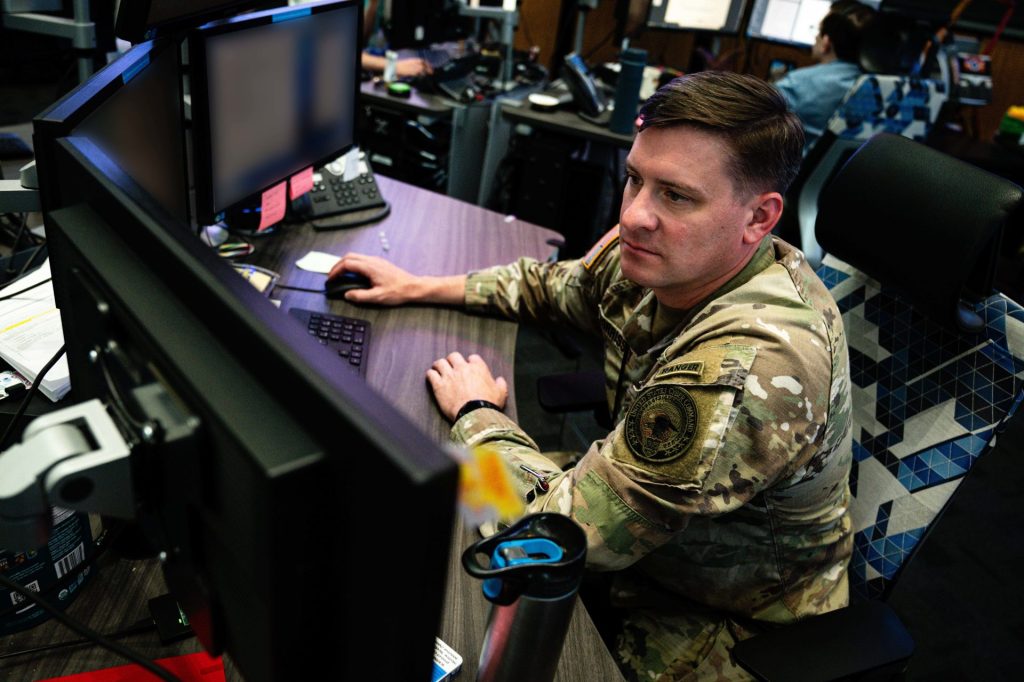
The geographic combatant commanders don’t have as much control over cyber forces in their regions as they do for the physical or kinetic forces. The cyber teams are controlled by the JFHQ-Cs through Cybercom. Moreover, Cybercom has the ability to reorganize and realign forces around as they see fit against different priorities and threats, though, this is usually done in consultation with the combatant commands.
Cybercom, not the combatant commands themselves, approves the cyber operations for the regional commands, which includes interagency coordination.
Approvals for cyber ops flow through the commander of Cybercom, not the geographic combatant commands themselves, which includes interagency coordination.
Taken together, sources indicated these could all be seen as a loss of control for the geographic combatant commanders, who are responsible for running the operations in their regions and typically have oversight of their forces. Some have argued that the regional combatant commanders should have control and oversight of all the forces in their geography.
Sources indicated tensions exist in this construct with a regionally focused combatant command and a globally focused combatant command that has a high-demand, low-density asset in cyber.
“I think what you’re seeing is the tension that exists today between having Cybercom forces that really, at the end of the day, are controlled by the Cybercom commander in general support to the other Cocoms versus having that combatant commander have full control,” a former military cyber official told DefenseScoop.
Others indicated the creation of a joint task force is a natural evolution for the command and control of cyber forces.
Indo-Pacom, in particular, poses a unique challenge with all the cyber forces operating within its area of responsibility.
There are combat mission teams that conduct cyber operations on behalf of combatant commands, mostly in the offensive sphere, coordinated by Joint Force Headquarters-Cyber Navy, Joint Task Force-Ares — which initially was a counter-ISIS cyber task force but shifted four years ago to focus more on nation-states, particularly in the Pacific region — run by Marine Corps Force Cyberspace Command — as well as teams from the Cyber National Mission Force.
For those reasons, the command and control of these forces must be under a single chain of command. Those forces could be packaged together and work for the Indo-Pacom commander, the former officials posited when discussing a potential future scenario, and then the Indo-Pacom commander would have full control over them, a departure from the situation today.
For Indo-Pacom, everything is on island, a second former military cyber official said, meaning where their Hawaii headquarters are located. Indo-Pacom wants everyone on island with them so capabilities can be better integrated, they added.
Experts and former officials noted that a Joint Task Force-Cyber structure would likely clean up command and control lines for the employment of cyber.
Those that spoke to DefenseScoop noted combatant commands could see this as enhancing simplicity and speed.
In a future conflict, decisions will have to be made at unprecedented speeds, as seen in the Ukraine-Russia war.
However, the global nature of cyberspace and actors could complicate such an arrangement where the regional commander has more control.
China, for example, is a global threat actor and taking control from Cybercom could lessen its ability to surge or act in other regions. If there is a global threat versus a regional threat, officials would have to figure out what takes priority, who makes the decision and who has the authority to re-direct cyber forces to address them, a third former military cyber official posited.
Questions and resource constraints
Experts raised several issues that should be addressed with the potential formulation of joint task forces for cyber at the combatant commands, posing questions that should be answered in an evaluation for their necessity or creation.
One concern is whether the assessment for the creation of a Joint Task Force-Cyber is fair when balanced against what Cybercom has been doing over the last couple of years.
Cybercom has continued to reevaluate how it conducts cyber operations over the years.
Discussions in recent years inside the command have also focused on creating task forces that would be assigned against particular threat actors. This would potentially allow cyber forces to transcend the geographic boundaries given cyber threat actors are global.
The drafting of this legislation, however, signals that the current processes can be done better.
Would a new process create more hurdles or would it enable greater simplicity?
“You have to ask yourself with what we’ve designed today, is it simple … Simplicity, speed, precision, clarity, these kind of things are really important in a fast fight for C2. And you could offer that’s not necessarily the case with the current design,” the first former official said. “Is the juice worth the squeeze?”
The third former official noted it’s important to ask what problem is this trying to solve? What is this a joint task force to do? Is this an authorities issue, is it a cyber mission force capacity issue, or what are the combatant commands not getting that they need from Cybercom?
Some of these issues could be wargamed or worked out through table top exercises, they noted.
For many officials, an education gap still exists where combatant commands still don’t always know how to employ the JFHQ-Cs or what to ask for from Cybercom. Some of this is relationship and personality based and can differ based on each organization.
About eight years ago, Cybercom began to create planning cells — Cyber Operations-Integrated Planning Elements (CO-IPEs) — located within the staffs of the geographic combatant commands to help them with synchronization and planning given the JFHQ-Cs are at remote locations.
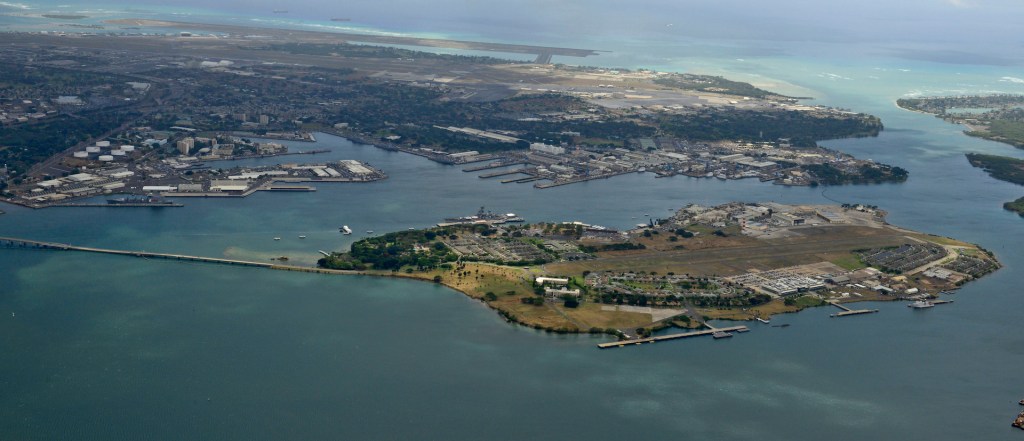
While the CO-IPEs were designed to assist in planning and understanding how to employ cyber operations, they still haven’t all matured effectively to provide all the necessary answers and planning requested.
According to the third former official, some of the geographic combatant commands are probably saying, “I just don’t have the authority.”
They pushed back on that assessment, noting if the combatant commands asked for something, they’d likely get it, but an educational issue on both sides of the problem exists.
Another model could be to bolster the CO-IPEs to mirror Special Operations Command’s theater special operations commands (TSOCs), which are small teams and how special operations forces are employed in geographic combatant commands.
These entities can act as a connective tissue between seams in geographic regions and anticipate which threats may need more resources. They can provide command and control for running operations, if needed. CO-IPEs are currently only for planning and have no command and control functions.
Another option could be to co-locate the cyber forces within the JTF within the combatant command. Currently, only the CO-IPE is embedded in the geographic combatant command staff. The JFHQ-C and cyber forces conducting the operations are at remote locations, not directly within the geographic combatant command they’re supporting.
But part of the challenge with the way the legislation is written is if Congress wants a Socom model, lawmakers would establish a TSOC equivalent for a Cybercom forward element or cyber element for forces in theater and not a Joint Task Force-Cyber, one of the former officials said. The reason that doesn’t exist today, they added, is the control is done in the rear of the CO-IPE and they conduct the integrated planning with the combatant command staff forward.
“I don’t think Cocom commanders are happy with that. I think they want the control,” the official suggested.
Other key questions surround resources. Oftentimes when there’s a new problem, organizations stand up a new headquarters, but nobody gets any more people, one of the former officials pointed out.
Of note, given each Joint Force Headquarters supports multiple combatant commands, in many cases officials within those organizations wear multiple hats. For example, a service cyber component might have an integrated operations staff that does everything for all their Joint Force Headquarters.
If each combatant command creates a Joint Task Force-Cyber and the Joint Force Headquarters go away — something that isn’t necessarily clear based on the legislation proposed — where do the new joint task force personnel come from? Are those staff that wore multiple hats ripped apart, some sources asked.
Setting priorities
One of the other aspect driving an assessment to create a new joint task force construct is to help drive more emphasis on the combatant command cyber forces and capabilities.
According to a congressional staffer, there was a sense that there was neglect for the combatant command-related cyber capabilities in favor of the Cyber National Mission Forces that defend the nation.
It comes down to prioritization and resources. The Cyber National Mission Force has a global mission and there is a lot of prioritization that goes to them, but that doesn’t mean the other teams aren’t working, former officials said.
With limited resources, what gets the focus? Are they things that are important to Cybercom or the geographic combatant commands, one former official asked, noting they could see an argument coming from a combatant command asking is Cybercom doing things that are of the most interest to that combatant commander or are they working on things that are of less interest to them, but of more interest to Cybercom, which are typically CNMF targets.
